Find out how the Poporiginalbestflash virus infiltrates Mac computers, how it affects the web browsers, what goals it pursues, and how to remove it from Mac.
When garden-variety adware infects a Mac, it’s usually no big deal. To make the annoying ads get out of your way, you simply need to find the misbehaving browser plugin, disable and trash it. When a browser is hit by an aggressive hijacker like Poporiginalbestflash, though, things get out of hand and the fix isn’t trivial. That’s because the culprit employs persistence mechanisms to get around removal attempts. At the end of the day, Safari, Chrome and Firefox on Mac will be iteratively rerouted to the Poporiginalbestflash.icu web page, the domain name typically being prepended with a www2 hostname string. These redirects can reportedly go off when the victim opens a search engine of choice, but they can as well take place all of a sudden in a random, haphazard fashion.

Let’s now have a look at what the rogue page says and does, and also why it is a hot topic on Apple security forums as well as other sources. Every time you are forcibly forwarded to www2.poporiginalbestflash.icu, the site launches a pre-loaded script that has a uniform design and displays the exact same warning message to all Mac users. Specifically, it states that the Mac is infected with viruses and other malware. The alert may be more specific than that, emphasizing that the system has 3 viruses on board – 2 malware and 1 phishing/spyware. To enhance the scare, the page estimates the system damage percentage and insists that the victim get down to immediate removal. To top it off, the whole scam takes place under the guise of AppleCare whose logo occupies the left-hand section of the deceptive site. It’s worth mentioning that the Poporiginalbestflash virus might be affiliated with other malicious landing pages, for instance, one that states the user’s Flash player is out of date and recommends installing the latest version.
The Poporiginalbestflash Mac infection spreads via bundles. This is a tactic that comes down to the use of multi-layered installation clients obfuscating the malware in a tricky compound app setup. The Mac users who are tempted to download and install freeware from uncertified sites run the most risk in this regard. The booby-trapped solution may appear to streamline the setup process of some benign application while actually pushing the junk alongside it. The most important tip is to opt out of the recommended install mode and choose the custom one instead. This way, you can see what else is inside and, most of the time, deselect the bundled items.
Poporiginalbestflash virus removal from Mac isn’t like uninstalling a regular program. Even if you locate the underlying components and move them to trash, the hijacker will re-emerge with its obnoxious browser redirects. Effective cleanup in this scenario is more complicated and presupposes a combo of manual and automatic removal techniques. See below for details.
Poporiginalbestflash virus manual removal for Mac
The steps listed below will walk you through the removal of this malicious application. Be sure to follow the instructions in the order specified.
• Open up the Utilities folder as shown below
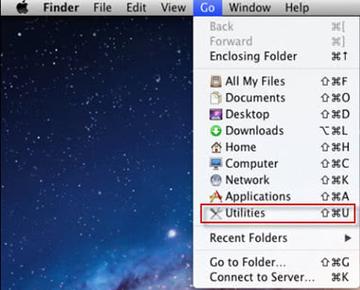
• Locate the Activity Monitor icon on the screen and double-click on it
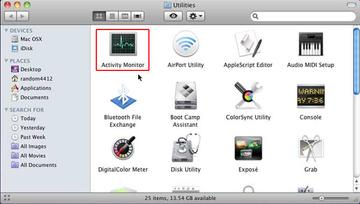
• Under Activity Monitor, find the entry for Poporiginalbestflash or other suspicious one, select it and click Quit Process
• A dialog should pop up, asking if you are sure you would like to quit the troublemaking process. Select the Force Quit option
• Click the Go button again, but this time select Applications on the list. Find the entry for Poporiginalbestflash (or Pop Original Best Flash) on the interface, right-click on it and select Move to Trash. If user password is required, go ahead and enter it
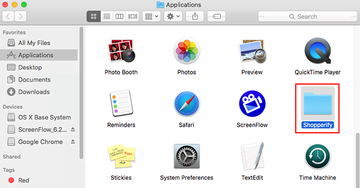
• Now go to Apple Menu and pick the System Preferences option
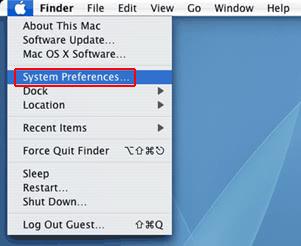
• Select Accounts and click the Login Items button. The system will come up with the list of the items that launch when the computer is started up. Locate Poporiginalbestflash or other potentially unwanted app there and click on the “-“ button
Get rid of Poporiginalbestflash redirects in web browser
To begin with, settings for the web browser that got hit by the Poporiginalbestflash virus should be restored to their default values. The overview of steps for this procedure is as follows:
1. Reset Safari
• Open the browser and go to Safari menu. Select Preferences in the drop-down list
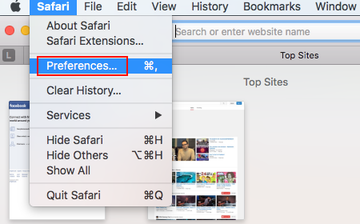
• Once the Preferences screen appears, hit the Privacy tab at the top. Find the option that says Remove All Website Data and click on it
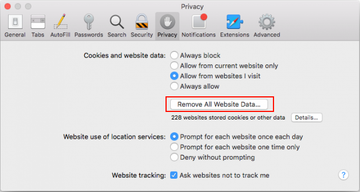
• The system will display a confirmation dialog that also includes a brief description of what the reset does. Specifically, you may be logged out of some services and encounter other changes of website behavior after the procedure. If you’re okay with that, go ahead and click the Remove Now button
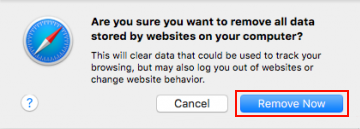
• In order to selectively clear data generated by certain websites only, not all of them, hit the Details button under the Privacy section of Safari Preferences
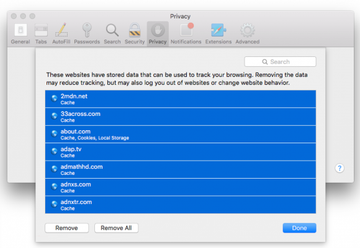
• This feature will list all websites that have stored potentially sensitive data, including cache and cookies. Select the one, or ones, that might be causing trouble and click the appropriate button at the bottom (Remove or Remove All). Click the Done button to exit.
2. Reset Google Chrome
• Open Chrome and click the Customize and Control Google Chrome menu icon
• Select Options for a new window to appear
• Select Under the Hood tab, then click Reset to defaults button
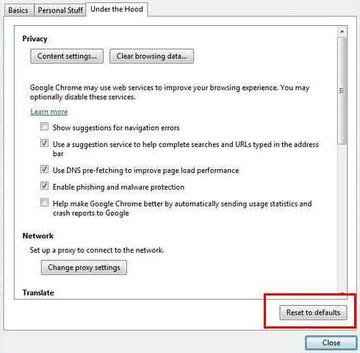
3. Reset Mozilla Firefox
• Open Firefox and select Help – Troubleshooting Information
• On the page that opened, click the Reset Firefox button
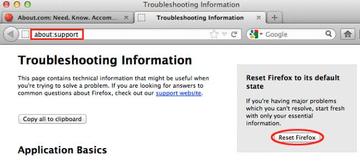
Get rid of Poporiginalbestflash malware using Combo Cleaner removal tool
The Mac maintenance and security app called Combo Cleaner is a one-stop tool to detect and remove Poporiginalbestflash virus virus. This technique has substantial benefits over manual cleanup, because the utility gets hourly virus definition updates and can accurately spot even the newest Mac infections.
Furthermore, the automatic solution will find the core files of the malware deep down the system structure, which might otherwise be a challenge to locate. Here’s a walkthrough to sort out the Poporiginalbestflash virus issue using Combo Cleaner:
Download Combo Cleaner installer. When done, double-click the combocleaner.dmg file and follow the prompts to install the tool onto your Mac.
By downloading any applications recommended on this website you agree to our Terms and Conditions and Privacy Policy. The free scanner checks whether your Mac is infected. To get rid of malware, you need to purchase the Premium version of Combo Cleaner.
Open the app from your Launchpad and let it run an update of the malware signature database to make sure it can identify the latest threats.
Click the Start Combo Scan button to check your Mac for malicious activity as well as performance issues.

Examine the scan results. If the report says “No Threats”, then you are on the right track with the manual cleaning and can safely proceed to tidy up the web browser that may continue to act up due to the after-effects of the malware attack (see instructions above).
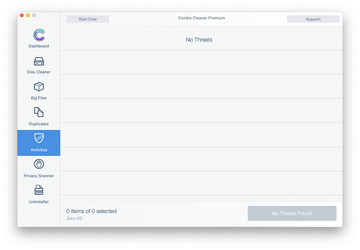
In case Combo Cleaner has detected malicious code, click the Remove Selected Items button and have the utility remove Poporiginalbestflash virus threat along with any other viruses, PUPs (potentially unwanted programs), or junk files that don’t belong on your Mac.
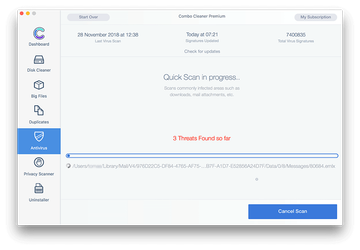
Once you have made doubly sure that the malicious app is uninstalled, the browser-level troubleshooting might still be on your to-do list. If your preferred browser is affected, resort to the previous section of this tutorial to revert to hassle-free web surfing.
